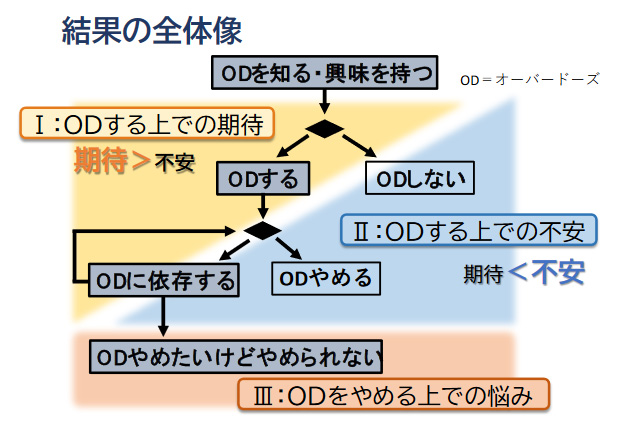2023-12-05 イリノイ大学アーバナ・シャンペーン校
◆Tribo-sanitizerは、主にDNAを損傷させることで、食中毒の原因となる2つの細菌、Escherichia coli O157:H7とListeria monocytogenesを無力化することに成功しました。これに関する研究結果は「Nano Energy」誌に掲載されました。
<関連情報>
- https://aces.illinois.edu/news/lightning-sparks-scientists-design-ultraviolet-c-device-food-sanitization
- https://www.sciencedirect.com/science/article/abs/pii/S2211285523005128
トライボ・サニタイザー:食品の安全性を高めるポータブルなセルフパワーUV装置 Tribo-sanitizer: A portable and self-powered UV device for enhancing food safety
Zhenhui Jin, Fujunzhu Zhao, Longwen Li, Yi-Cheng Wang
Nano Energy Available online: 6 July 2023
DOI:https://doi.org/10.1016/j.nanoen.2023.108675
Abstract
Food safety is of constant major concern worldwide. Each year, hundreds of millions of people fall ill due to consuming contaminated food, and the resulting economic loss runs into hundreds of billions of dollars. To mitigate these issues, we developed Tribo-sanitizer, which utilizes a freestanding rotational triboelectric nanogenerator (FSR-TENG) to convert mechanical energy into sustainable, low-cost or free electricity that powers an ultraviolet-C (UVC) lamp for food-safety applications. Thanks to the air gap in its circuit – a design inspired by a natural phenomenon, lightning, which can lead to electrical breakdown of air – the optimal FSR-TENG can generate a high voltage output of more than 4,000 V. This high electrical output, in turn, enables brighter illumination of the UVC lamp. Tribo-sanitizer’s decontamination efficacy was evaluated against a gram-positive bacterial strain (Listeria monocytogenes) and a gram-negative one (Escherichia coli O157:H7) inoculated in a liquid buffer, on a polymer widely used in the food-packaging industry, and on two types of fresh produce. Tribo-sanitizer achieved a 5.03-log reduction and a 5.95-log reduction for E. coli O157:H7 in buffer solution and on polyethylene terephthalate (PET), respectively, in line with the 5-log reduction recommended in government guidelines for microbial control. The log reductions for L. monocytogenes in buffer solution and on PET were 4.36 and 3.81, respectively. Lesser effectiveness was observed with the apples and romaine lettuce, likely due to these fresh produce samples’ greater surface roughness as compared to PET, one of the most widely used polymers for the construction of food packaging and drinks bottles. Our results also demonstrate that biomechanical motions can provide Tribo-sanitizer with sufficient power to achieve bacterial inactivation, demonstrating its excellent potential for use in low-resource settings. With further improvements, it could help mitigate severe food-safety problems around the world, leading to a more secure and sustainable food system.
Graphical Abstract



